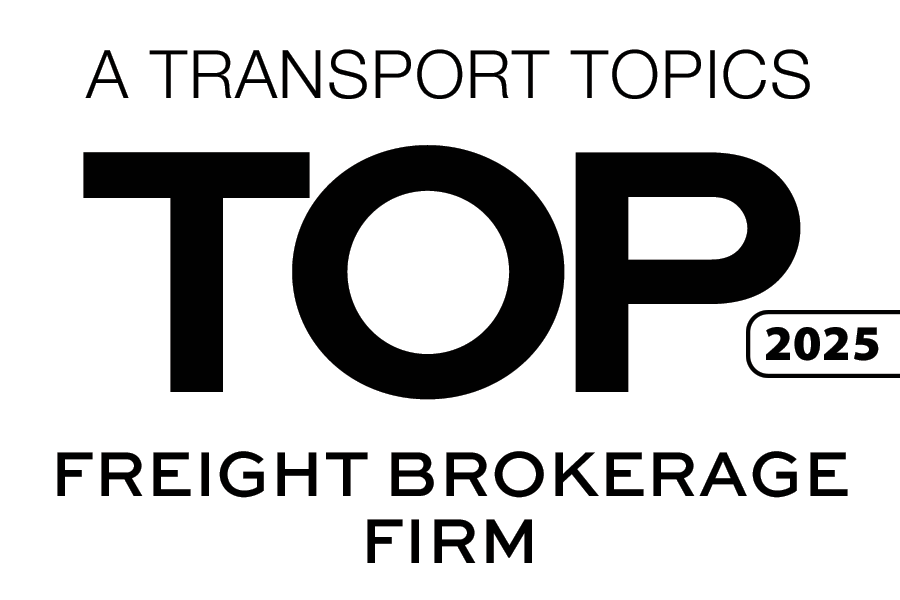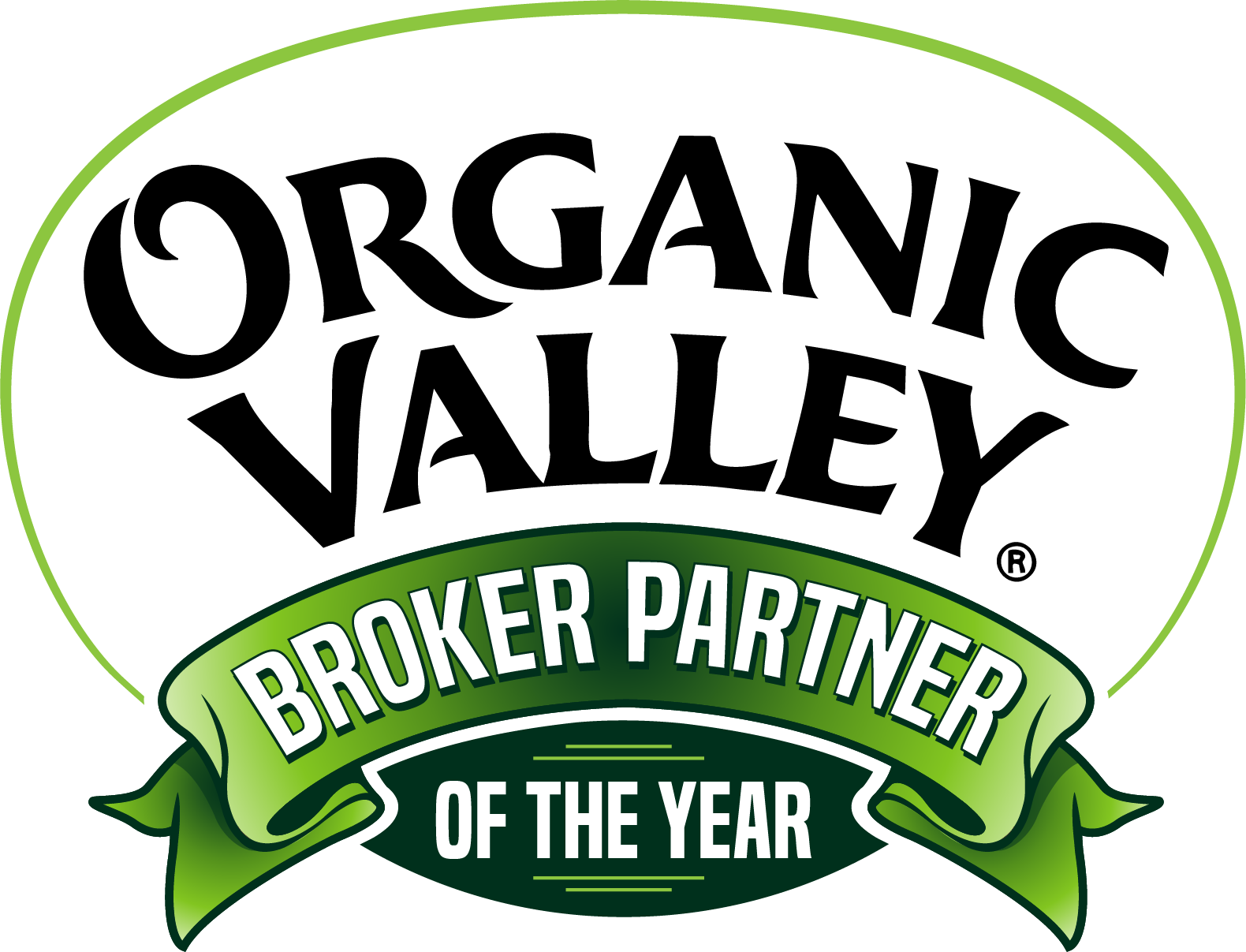What Does it Take to be a Shipper of Choice?
April 5, 2022

In our last blog, we gained valuable insights into what it means to be a shipper of choice. This time, we turn our attention on what it takes to earn shipper of choice status.
In January and February of 2022, the industry-wide rejection rate of refrigerated truck loads was a staggering 40%. Such an alarming figure points to a breakdown in communication between carriers, shippers, and even brokers. With complications such as skyrocketing operating costs and unpredictable factors of supply and demand fueling continued problems at every level of the logistics industry, the trust found in the shipper/carrier of choice relationship is more important than ever.
For both shippers and carriers, maintaining strong relationships will help to weather the ebbs and flows of the unpredictable market.
What can be done to address market volatility impacting carrier rates? Discover the answer in Episode 3 of the Stay In Your Lane Podcast
“When you talk about rate escalation through cost increases, these are negotiations that have to happen,” explains Slate Kamp, Director of Logistics & Transportation at Litehouse Foods. “It’s a negotiation for more money on the carrier side, but should the market return to what it was, the expectation is that those rates will equalize. That’s what partnerships are all about.”
Along with this added leeway comes a certain understanding. If a carrier is forced to charge higher rates due to high demand for trucks, it’s fair for shippers to expect that a high level of service execution should accompany the higher rate. Again, a healthy give and take comes into play to ensure both parties receive value from the relationship.
Shipper/carrier relationships that prioritize this kind of understanding help each party to avoid market extremes, allowing both sides to operate sustainably while strengthening relationships rather than blindly chasing maximum profits. This is a value that can be hard to quantify, though it is essential for maintaining relationships in the long term. Still, the realities of our modern world continue to present challenges.
“I think the pandemic has brought new light on the fact that we’re probably not as good as we think we are,” says Scott Oliver, Senior Director of Logistics & Transportation at HP Hood of those in the position of shipper of choice. “We have to look at how we schedule, how we treat people, and how we communicate to help everybody be efficient, which automatically drives cost control and cost reduction.”
How can carriers and brokers help shippers avoid market extremes? Find the answer to this question and more in Episode 3 of the Stay In Your Lane Podcast
Communication is key to maintaining any relationship, but providing quality service even in the face of high demand is also an essential piece of the partner of choice puzzle. This is easily accomplished when the pool of available trucks is large. When that number begins to tighten, service cannot be compromised, or the risk of harming a business relationship is introduced.
“Even for our core carriers, anyone can have a bad day,” says Slate. “There might be a situation where they need you to have their back, whether they’re running late, they don’t feel well, or their trailer is broken down. [Understanding] these things are key for being a shipper of choice for a carrier, whether small or large. You’ve got to be able to reciprocate when necessary.”
A partnership is defined as an arrangement where parties agree to cooperate to advance a mutual interest. These days, everyone wants to enter into a shipper of choice partnership. This is easier said than done. Shipper of choice is something to be earned through a consistent track record of efficiency and reliability. Communication, consistency, compromise, and understanding: these are the building blocks of a shipper of choice.














